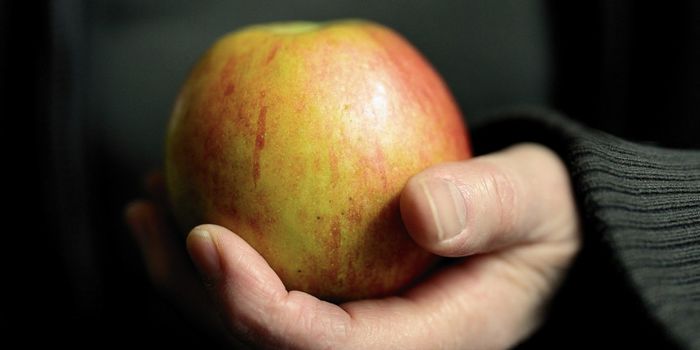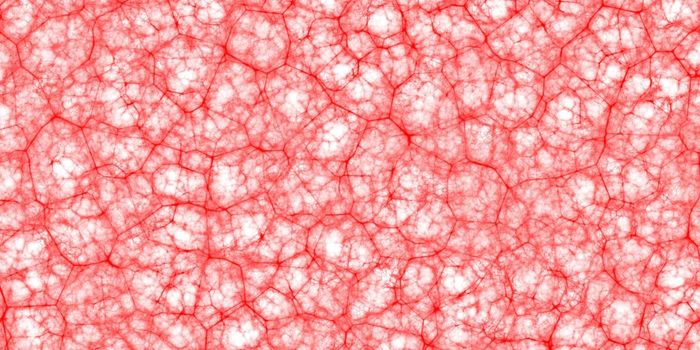As Caesarean sections (C-sections) save countless lives of mothers and babies, researchers say that this now widespread procedure is also having an
impact on human evolution.
C-section procedures allow the delivery of the baby through incisions on the mother’s lower abdomen. This technique is used when the baby is too big to fit through the mother’s birth canal, or there are other pre-existing conditions, such as breech birth and having high-risk twins, that would preclude a healthy vaginal delivery.
"Without modern medical intervention, such problems often were lethal and this is, from an evolutionary perspective, selection," said Philipp Mitteroecker, an evolutionary biologist at the University of Vienna, Austria.

With advances in surgery and anesthesiology, C-sections have become one of the more routine procedures done in hospitals around the country. In 2011, C-sections attributed as the cause of 1.3 million hospital stays, making it one of the most common procedures that year. The rate of C-section delivery hovers around 32 percent.
This means that a lot of mothers and babies have been saved from what would have been high-risk births. But at the same time, this means that genes involved with birth complications - those that influence the baby’s head size and the mother’s pelvis size - are being carried into future generations.
"Women with a very narrow pelvis would not have survived birth 100 years ago. They do now and pass on their genes encoding for a narrow pelvis to their daughters,” Mitteroecker explained.
In modeling this phenomenon, Mitteroecker and his team found that cases where a baby can’t be delivered vaginally due to size issues have increased from 30 in 1,000 births in the 1960s to 36 in 1,000 today. While this may seem like a nominal increase, the scientists say it’s a significant jump when you consider that this change in human evolution is happening in about 5 decades.
"Our intent is not to criticise medical intervention, but it's had an evolutionary effect,” Mitteroecker stressed.
He explained that evolutionarily, bigger babies tended to be healthier and have higher chances for survival. But evolution has also selected for narrower pelvises in women, which are important to reduce the risk of premature birth.
While these two trends seem to work in opposition to keep the mother and baby healthy, it seems C-sections may be upending the balance. "One side of this selective force - namely the trend towards smaller babies - has vanished due to caesarean sections," said Mitteroecker.
"The pressing question is what's going to happen in the future?" Mitteroecker asked. "I expect that this evolutionary trend will continue but perhaps only slightly and slowly," said Mitteroecker. "There are limits to that. So I don't expect that one day the majority of children will have to be born by [Caesarean] sections."
Addtional sources:
BBC,
Science Alert
 With advances in surgery and anesthesiology, C-sections have become one of the more routine procedures done in hospitals around the country. In 2011, C-sections attributed as the cause of 1.3 million hospital stays, making it one of the most common procedures that year. The rate of C-section delivery hovers around 32 percent.
With advances in surgery and anesthesiology, C-sections have become one of the more routine procedures done in hospitals around the country. In 2011, C-sections attributed as the cause of 1.3 million hospital stays, making it one of the most common procedures that year. The rate of C-section delivery hovers around 32 percent.







